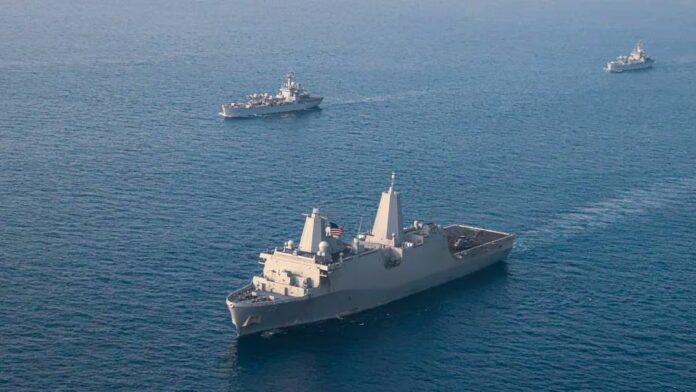By Nilanthi Samaranayake*
A casual observer could be forgiven for thinking that the US does not care about the Indian Ocean. Even after a US focus on the Indo-Pacific emerged in 2017, only a single substantive mention of the Indian Ocean appears in each of the three high-level US strategy documents released in 2022: National Security Strategy, National Defense Strategy, and Indo-Pacific Strategy (IPS). (East-West Center)


